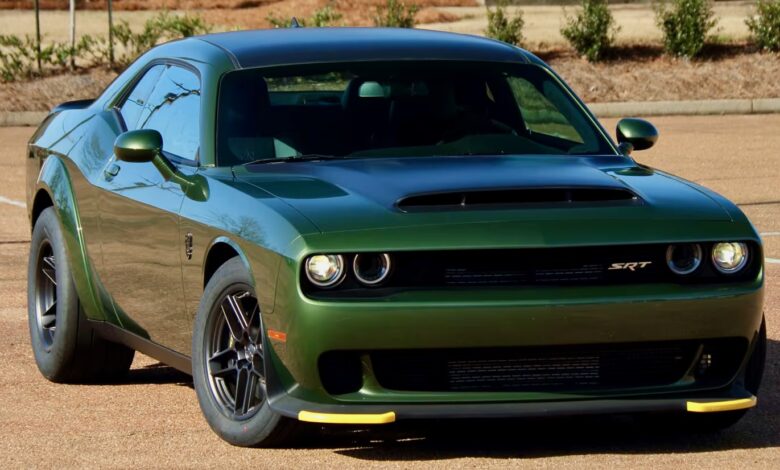
The 2023 Dodge Challenger SRT Demon 170 is touted as the quickest, fastest, and most powerful muscle car in the world. With only 3,300 examples produced and certain dealers being allocated units, the 1,025 horsepower muscle car has seen massive dealer markups since the cars started reaching dealers.
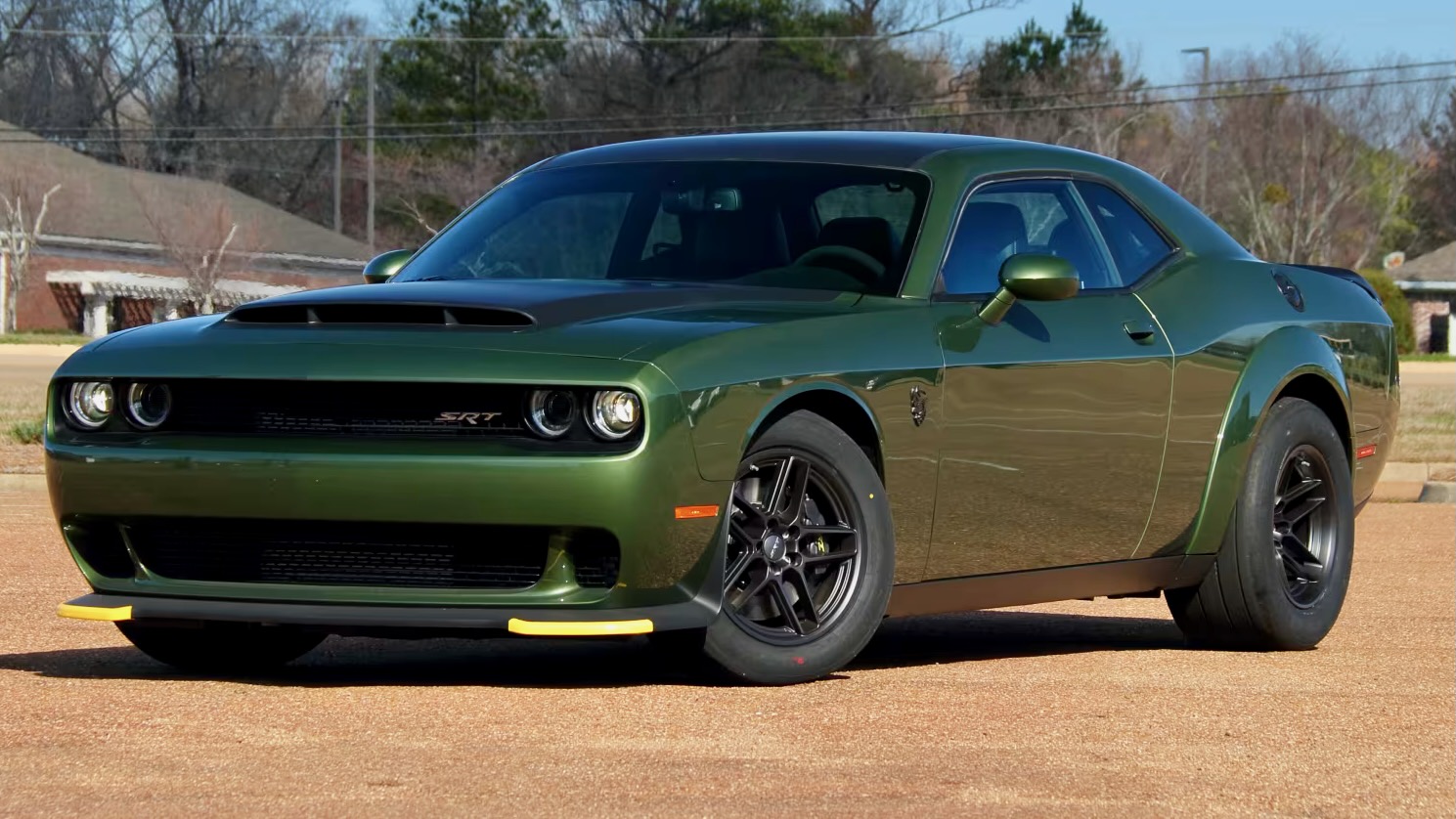
You may have heard about a certain Mississippi Dodge dealer (Mac Haik Chrysler Dodge, Jeep, and Ram) who sold a deployed soldier in Iraq, Demon 170 from underneath him. Once the story went viral on social media, the dealership terminated multiple employees, and even Dodge CEO Tim Kuniskis stepped in to ensure that the soldier ended up getting a similar car to the one he ordered and even set up a special delivery with Jay Leno at his garage in California.
But what happened to that original car? Well, it seems that Mac Haik CDJR ended up retrieving the car from the buyer it had sold it to and promised to auction it off for charity.
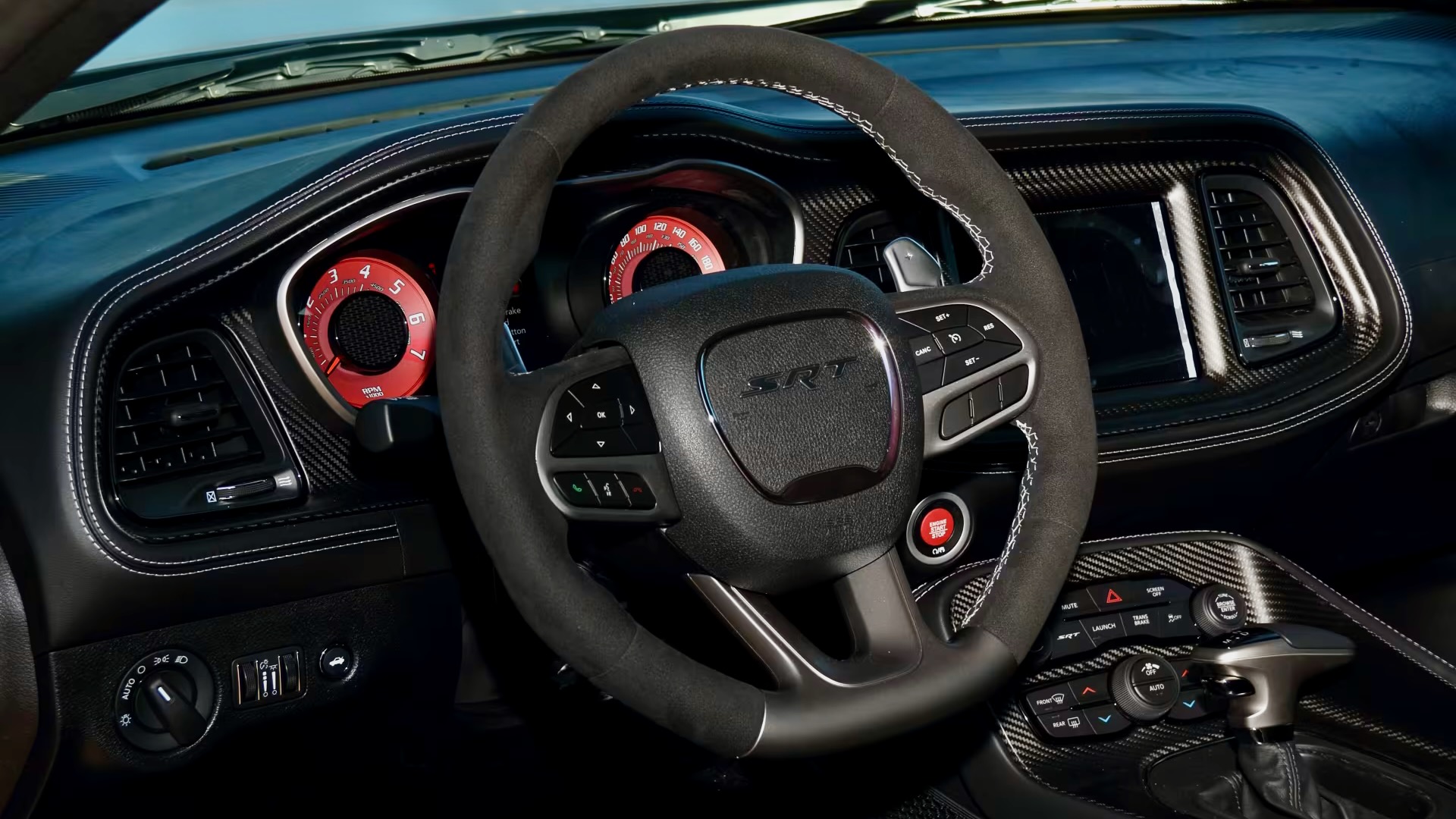
That car is scheduled to go across the Mecum Houston 2024 auction block this weekend, Saturday, April 6th, 2024. The proceeds of the sale will go to three different charities in equal amounts. Those foundations are the Special Forces Association Chapter 79, the 5th Squad in Pearl, Mississippi, and Jared Allen’s Homes for Wounded Warriors in Scottsdale, Arizona.
Now with 57 miles on the odometer, the F8 Green 2023 Dodge Challenger SRT Demon 170 features the following options:
- Premium Group – Black Alcantara / Laguna – $5,995
- Ventilated Front Seats
- Suede Door Trim Panel with Map Pocket
- Suede Headliner
- Power Multi–Function Mirrors with Manual Fold–Away Premium–Stitched Dash Panel
- Rain–Sensitive Windshield Wipers
- Radio/Driver Seat/Mirrors Memory
- Automatic High–Beam Headlamp–Control
- Harman Kardon® GreenEdge® Amplifier
- Harman Kardon® 18 Speaker Prem Audio with Sub Trunk Mounted Subwoofer
- Power Tilt/Telescope Column
- Blind–Spot and Rear Cross–Path Detection
- Surround Sound
- 170 Satin Black Hood / Roof / Decklid Graphic – $3,695
- Uconnect® 4C NAV with 8.4–Inch Touch Screen Display with GPS Navigation – $995
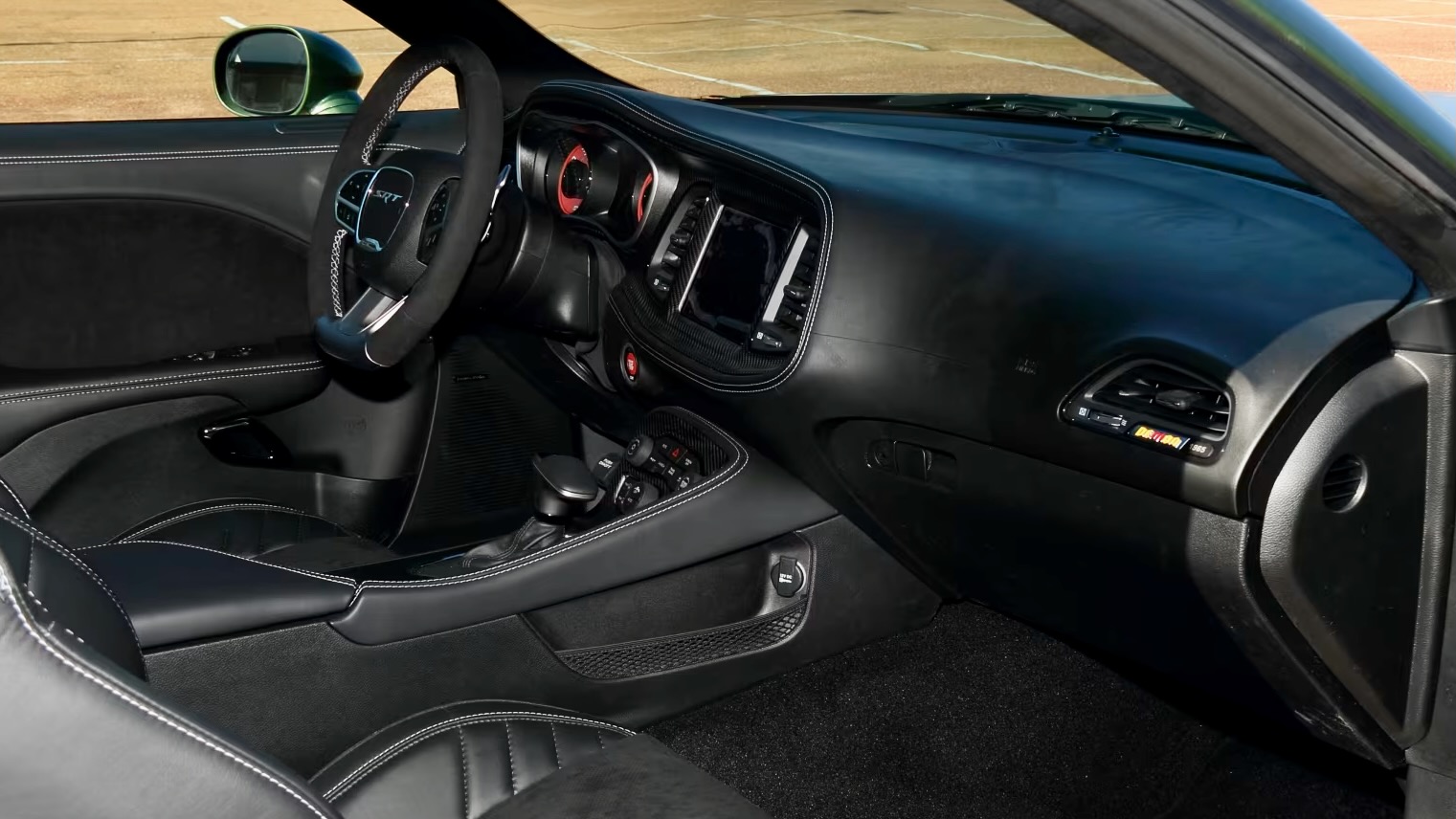
With its 1,025-horsepower (at 6,500 rpm), 945 lb.-ft. (at 4,200 rpm) production HEMI® engine, the Dodge Challenger SRT Demon 170 reaches 60 mph in a blazing 1.66 seconds and features the highest G-force acceleration of any production car at 2.004 gs. The Demon 170 can also reach 900 horsepower and 810 lb.-ft. of torque on E10 fuel.

Given the fact that the car’s proceeds are going to charity, the original sale story of the car, and the attention the car has garnered, it will be interesting to see how much the car fetches. There is no doubt that Mac Haik CDJR will benefit from writing the car off on taxes due to the car’s proceeds going to charity, but it seems like the situation worked out for everyone involved.
To learn more about the car and how you can bid on this Demon 170 this weekend, visit the car’s dedicated auction page.
2023 Dodge Challenger SRT Demon 170 in F8 Green Image Gallery:

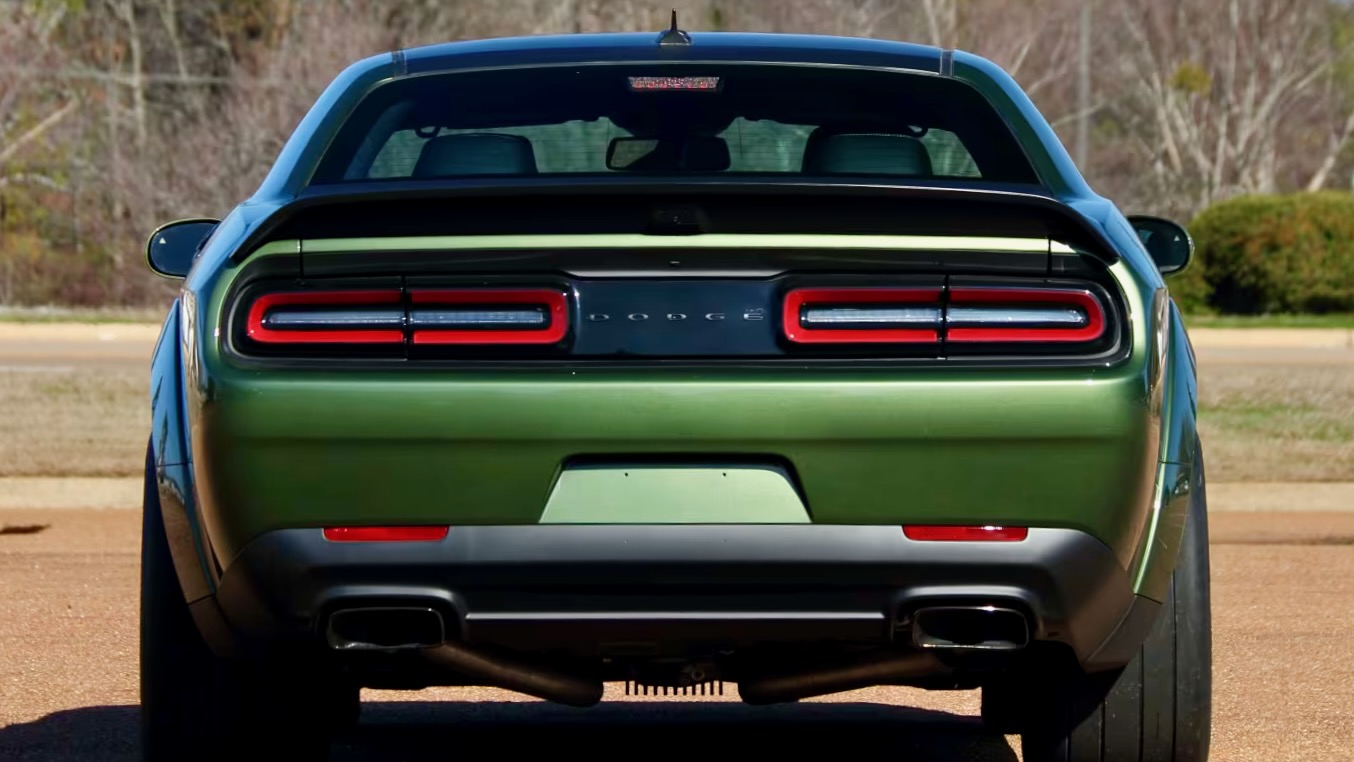






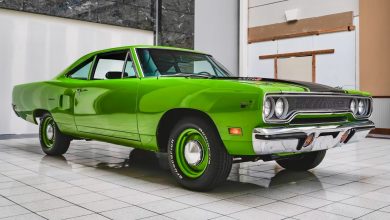
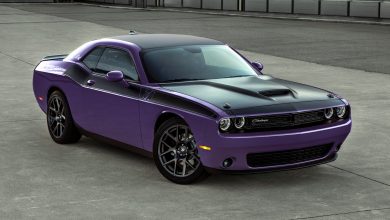

No replies yet
Loading new replies...
Join the full discussion at the Mopar Insiders Forum →